I've read a lot about how to fill smaller propane tanks (20 lb through 100lb tanks) from a larger tank (I have a 500 gallon tank) from the larger tank's wet leg. I also discovered that there's a lot of talk on the internet but not much information on how to do it....at least what I could find.
So, I searched around and found a kit. Some people piece kits together but this kit is made to fill tanks specifically:
Kit link
When you fill the smaller tank from the bigger tank, the smaller tank will have pressure build until it equalizes with the larger tank. When that happens, the propane flow stops. So, you have to shut off the liquid flow and open the small valve on the adapter so you can drop the pressure in the smaller tank below the bigger tank. You then close the vent valve and re-open the liquid valve. For a small 20 lb tank you only have to vent it once to fill the tank. But for the larger 100lb tank, I had to vent the pressure every 5-10 lbs to keep the flow going.
Here's the kit as delivered:
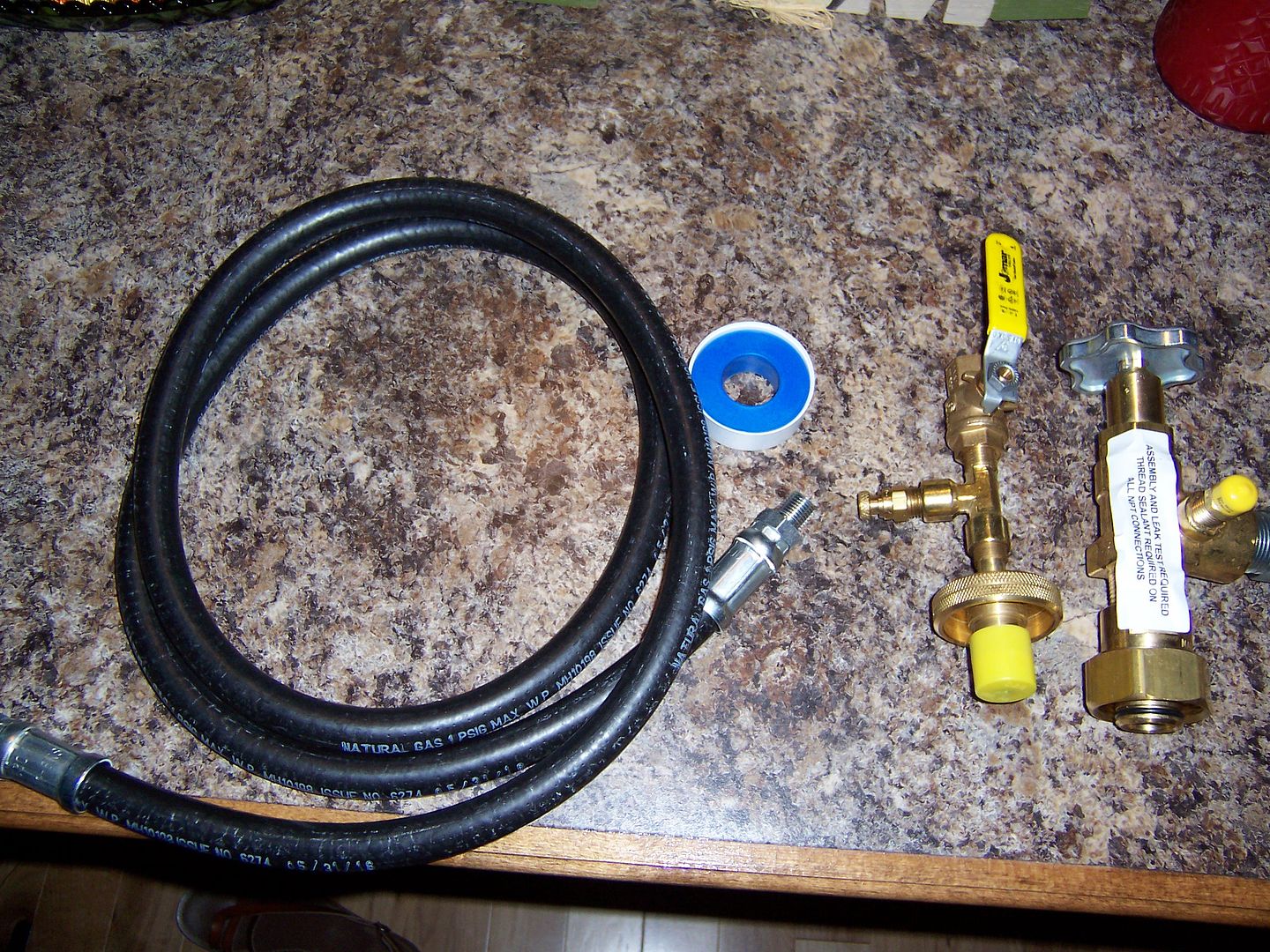
I used the included Teflon tape and put it all together:
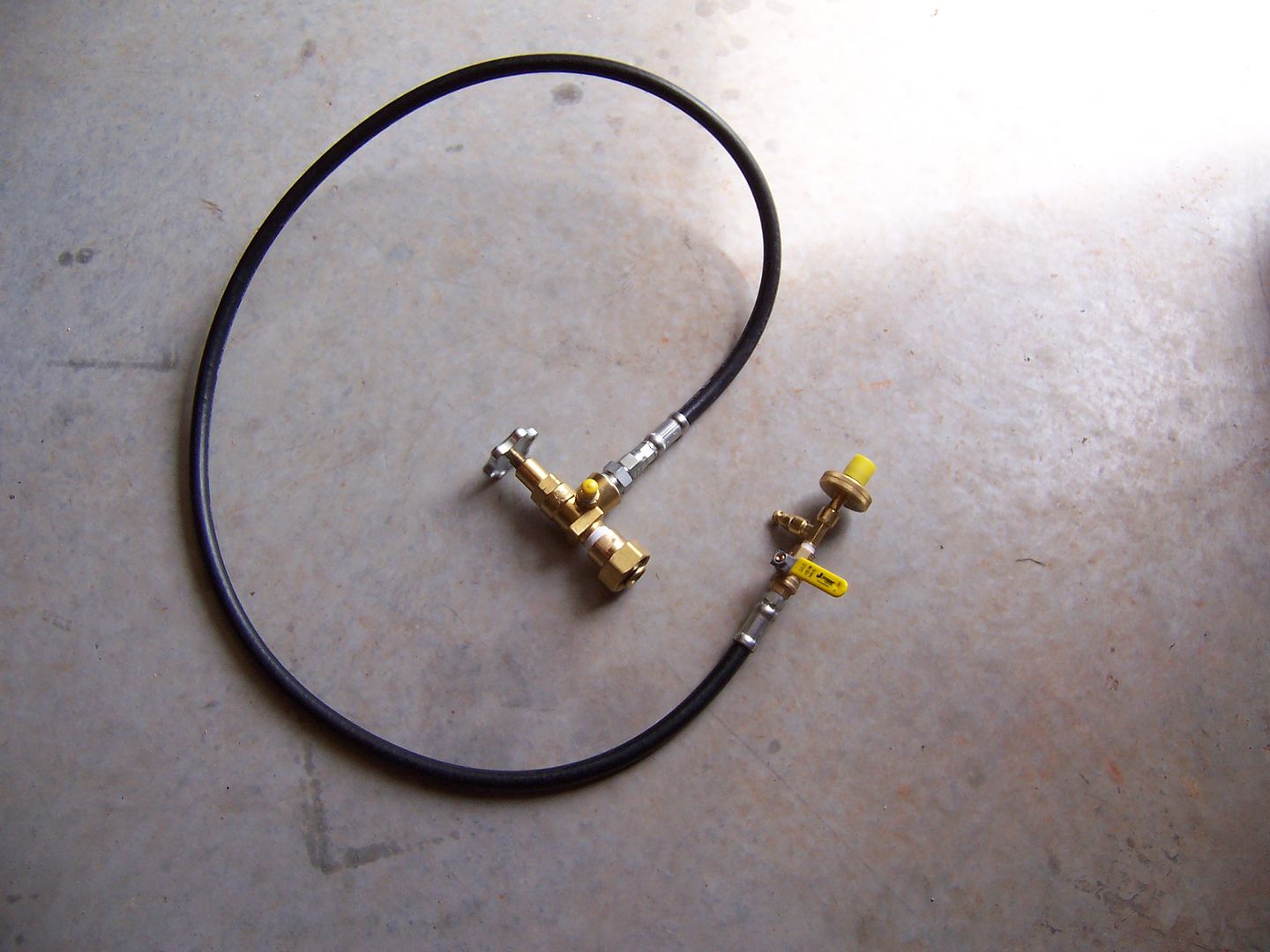
This is the cap on the 500 gallon propane tank wet leg:
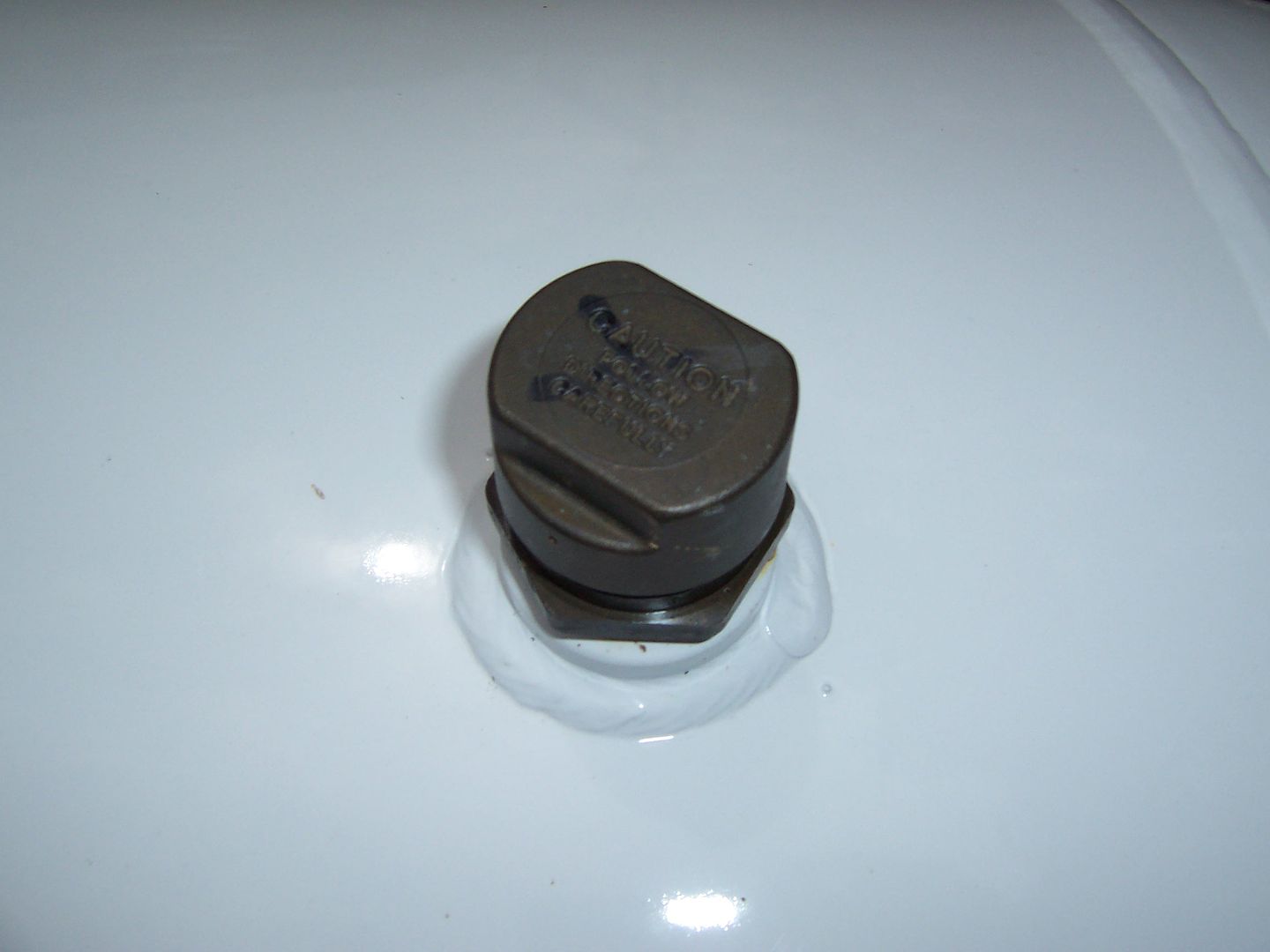
This is looking into the wet leg valve after the cap is removed:
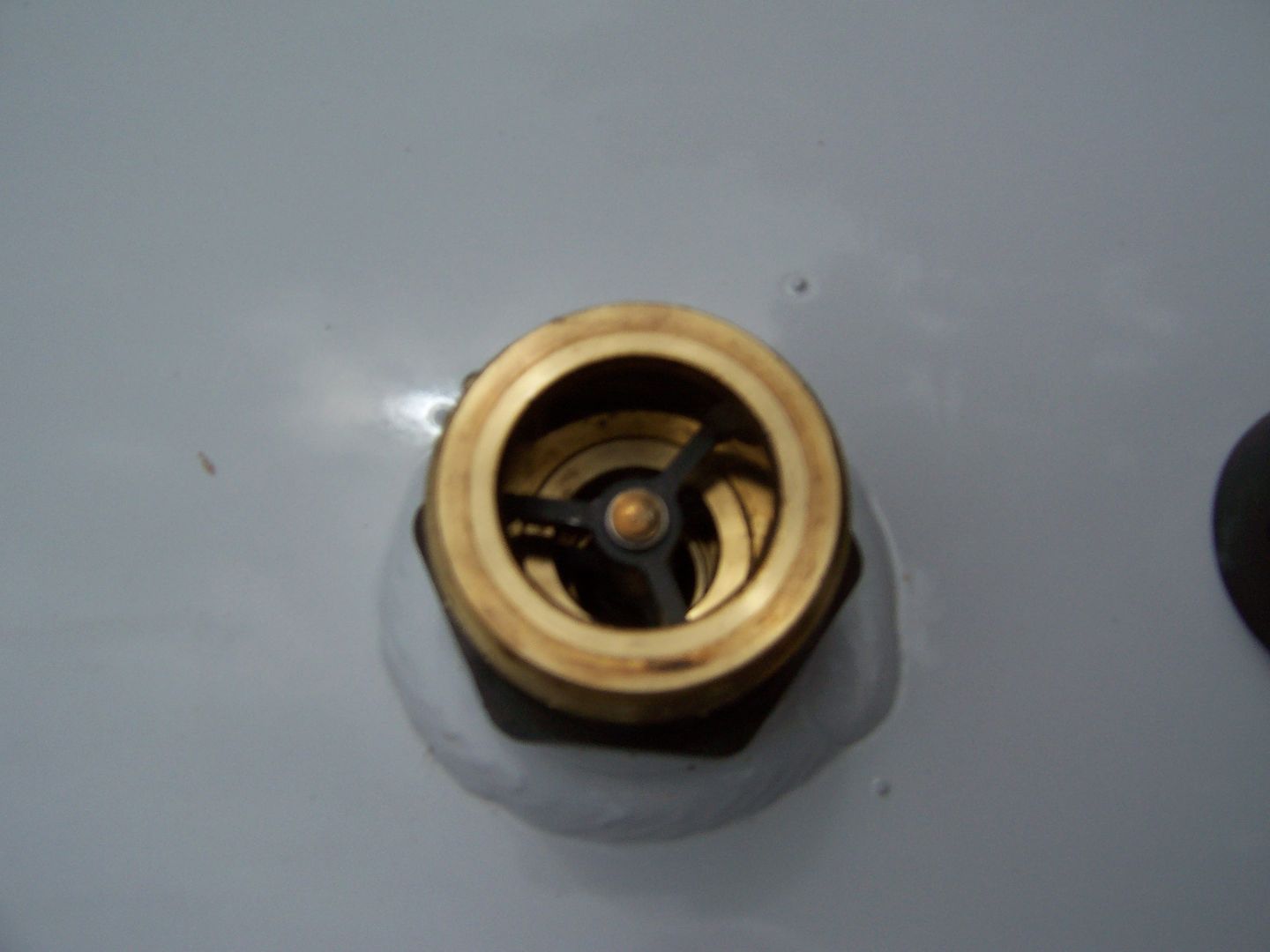
This is the valve connected:
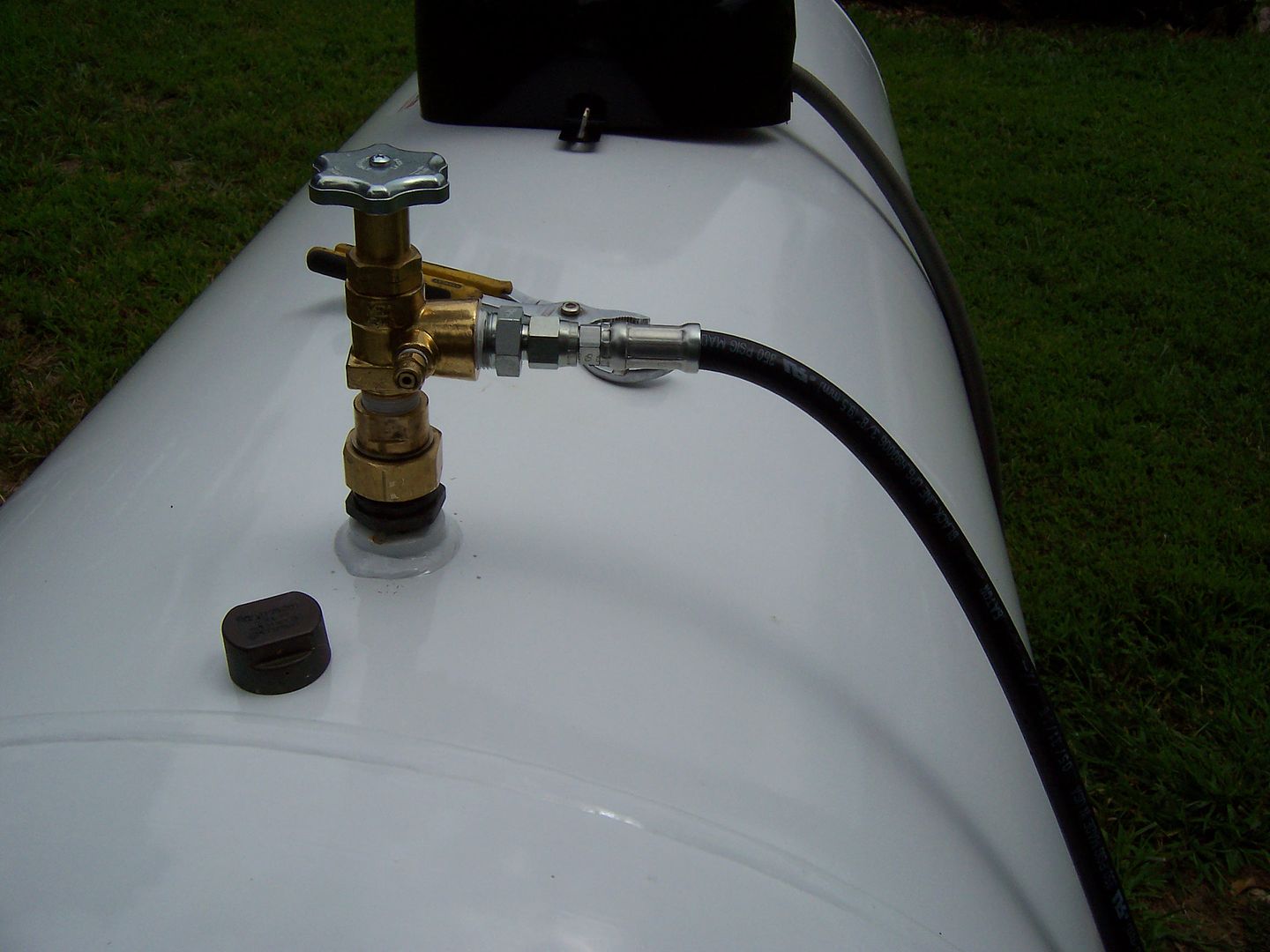
Here it is filling a 20 lb tank. The tank is sitting on a regular analog bathroom scale:

20 lb tank before filling:

20 lb tank after filling:
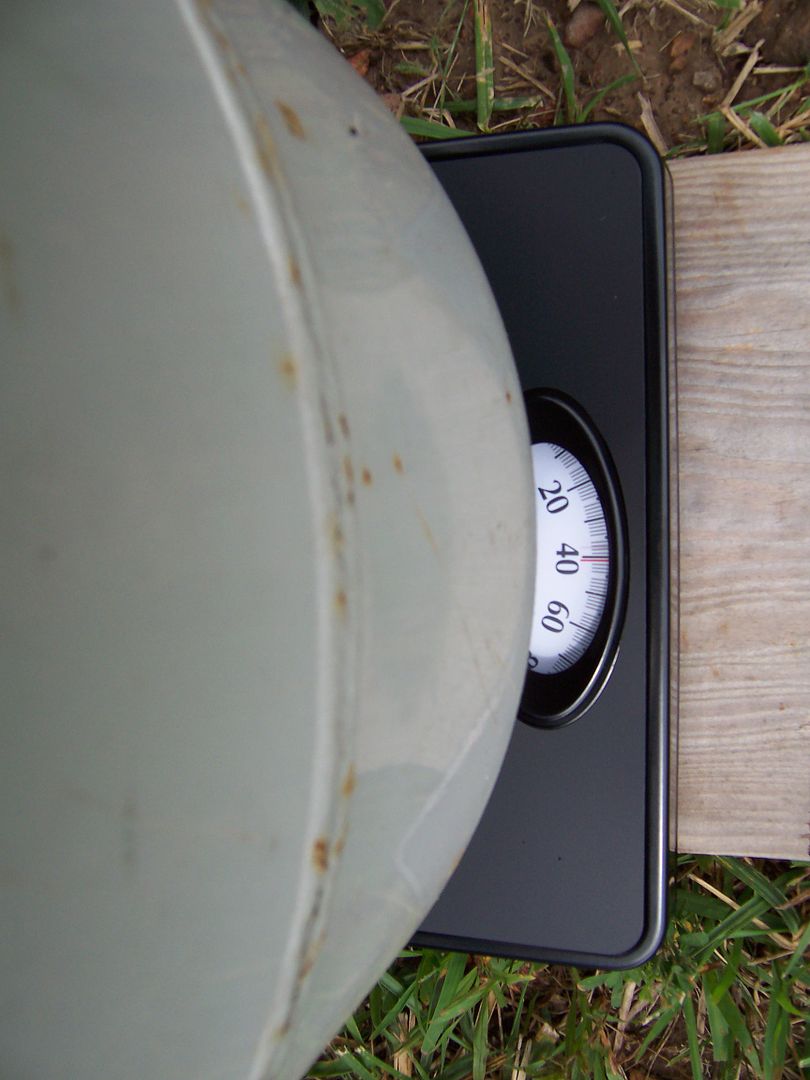
100 lb tank being hooked up:
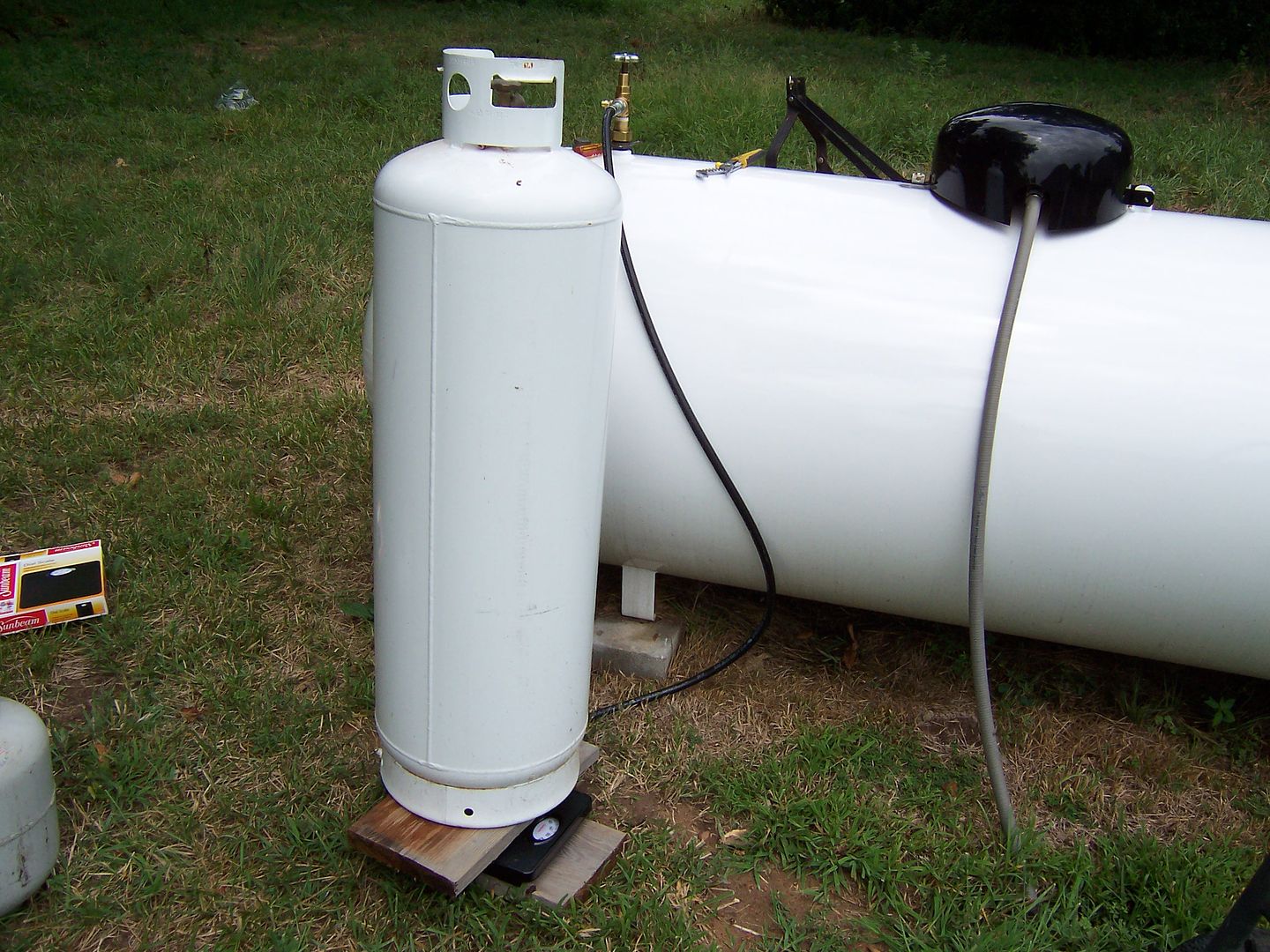
100 lb tank before filling:
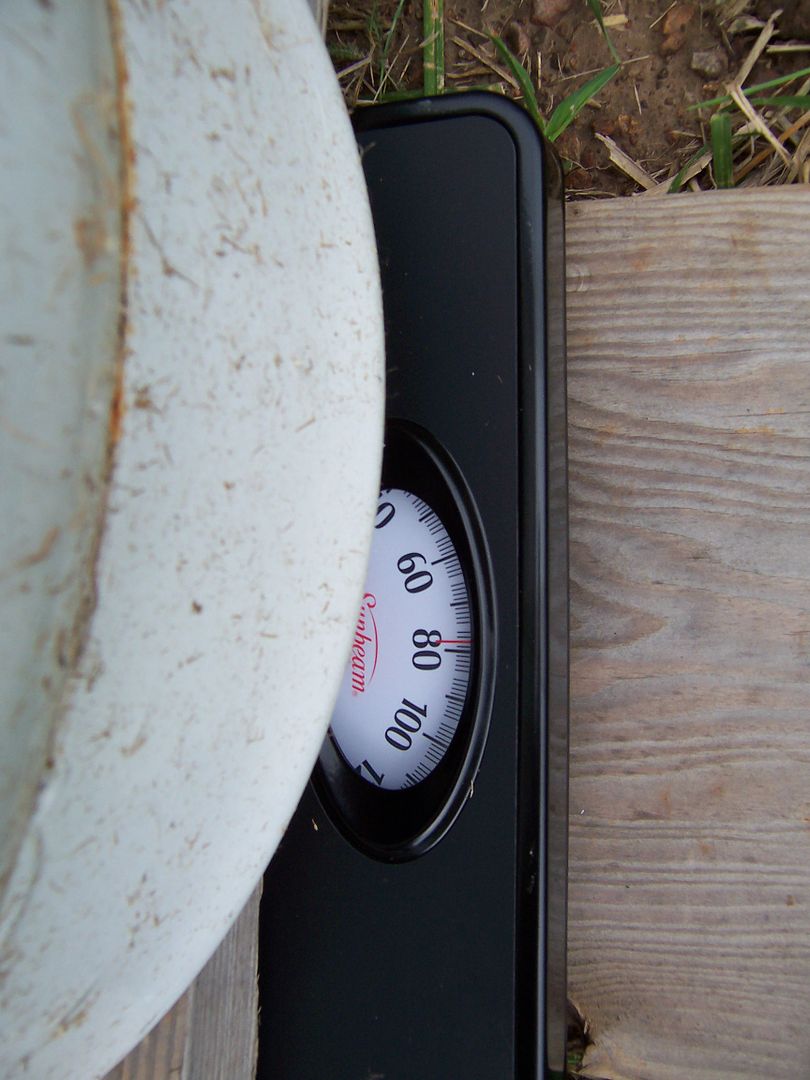
100 lb tank after filling:
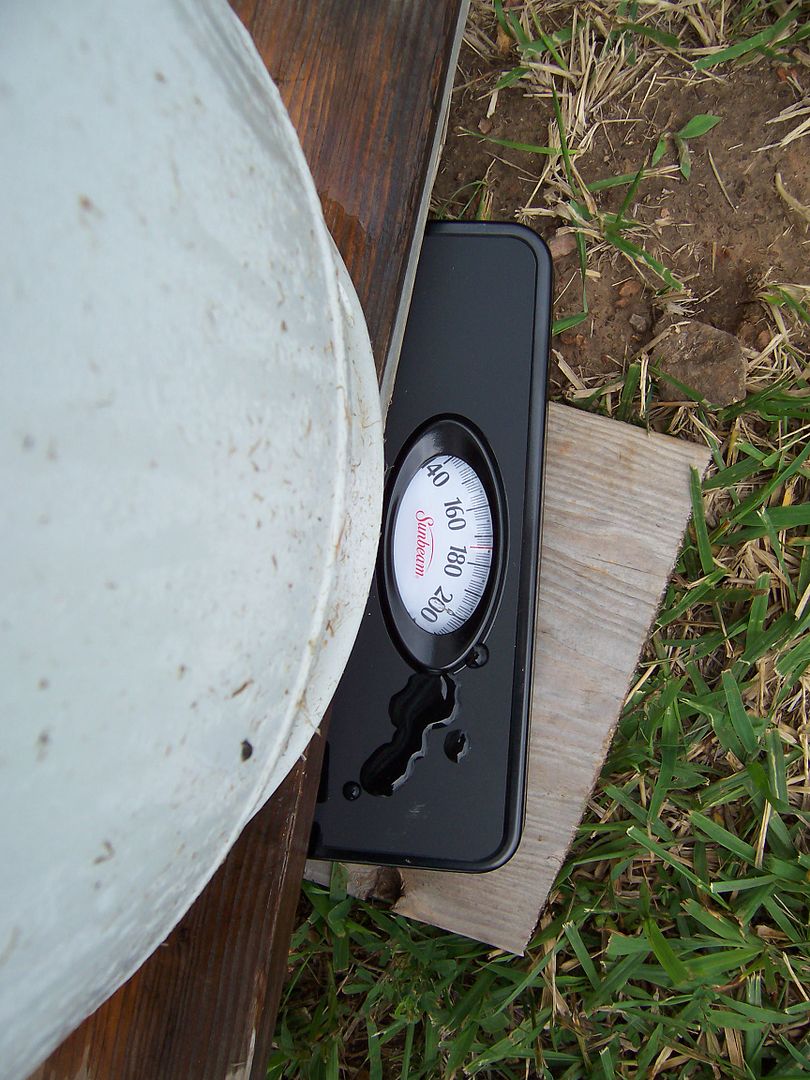
Valve installed on a tank:

Releasing pressure from the smaller tank to allow liquid propane to flow into the smaller tank
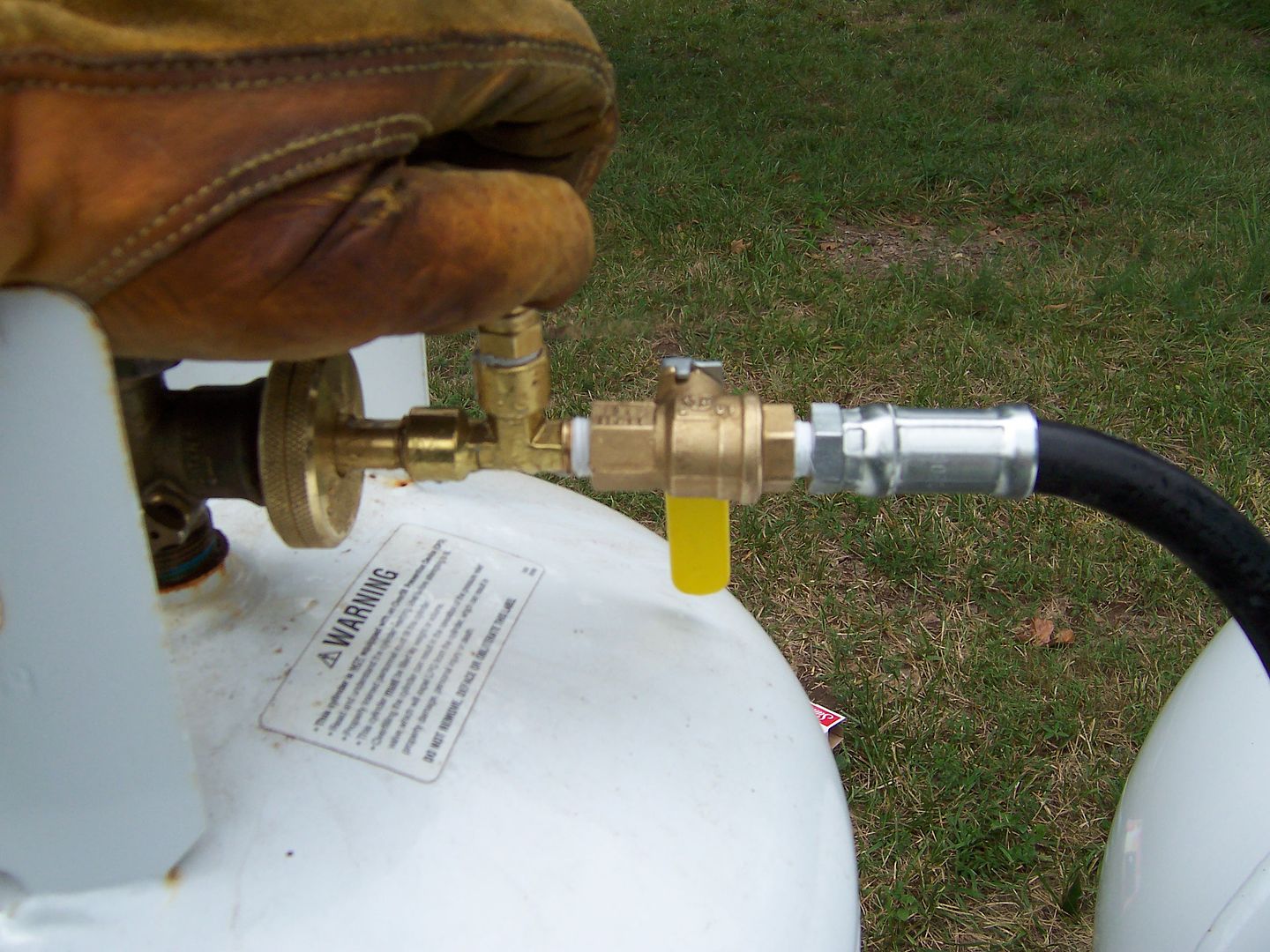
 Win a FREE Membership!
Win a FREE Membership!